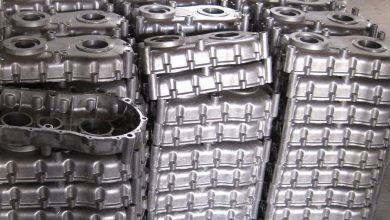FUE Hair Transplant
Hair loss is a widespread problem that affects millions of people worldwide. It can lead to a lack of self-esteem and negatively impact a person’s overall quality of life. Among numerous treatments available, Follicular Unit Extraction (FUE) hair transplant has emerged as a popular and effective solution, widely regarded for its natural-looking results and minimal invasiveness.
FUE Hair Transplant
Follicular Unit Extraction, commonly known as FUE, is a hair transplant method that involves harvesting individual hair follicles from a donor area (typically the back or sides of the head where the hair is more resistant to balding) and implanting them into the recipient area. Unlike other hair transplant methods, FUE does not involve cutting a strip of skin, making it a minimally invasive procedure that leaves no linear scars.

The FUE Hair Transplant Procedure
During an FUE hair transplant, the surgeon uses a micro punch tool to create tiny incisions around individual hair follicles in the donor area. These follicles, each containing 1-4 hairs, are then carefully extracted and preserved in a special solution to maintain their viability.
After extraction, the surgeon prepares the recipient area by creating tiny holes using a fine needle. The extracted hair follicles are then implanted into these holes. This meticulous process is carried out with high precision and requires a significant level of expertise and experience to ensure a natural-looking result.
Benefits of FUE Hair Transplant
One of the main advantages of FUE is its minimally invasive nature. Since there are no linear incisions, the procedure leaves no visible scars, allowing patients to wear their hair short without worry. Additionally, compared to other methods, the FUE hair transplant technique generally results in less post-operative discomfort and a quicker recovery period.
Another significant advantage of FUE is the ability to select individual hair follicles for transplant. This selection process allows for a high survival rate of the transplanted hairs, leading to denser and more natural-looking results. Moreover, the method provides flexibility in choosing the donor area, making it an excellent option for patients with limited donor hair on their scalp.

Post Procedure Care and Results
After an FUE hair transplant, patients may experience minor swelling or discomfort, typically subsiding within a few days. While most daily activities can be resumed shortly after the procedure, vigorous exercises and activities should be avoided for a few weeks to facilitate optimal healing.
The transplanted hair usually begins to shed after a few weeks – a process known as “shock loss.” This is a natural part of the hair growth cycle, and patients should not be alarmed. The new, permanent hair starts growing in the transplanted area after three to four months, and the full results are generally visible after one year.
Choosing the Right Clinic for FUE
Choosing the right clinic and surgeon for an FUE Hair Transplant is a crucial decision. Patients should ensure the clinic upholds high standards of hygiene and patient care and that the surgeons have extensive experience and expertise in FUE transplant. It’s always advisable to view before and after photos of previous patients and, if possible, discuss their experiences.
In conclusion, FUE Hair Transplant offers a sophisticated and effective solution to combat hair loss. With its minimally invasive approach and potential for natural-looking results, it’s no surprise that it has become a preferred method for many. However, like all medical procedures, it requires careful consideration, research, and professional medical advice before proceeding.




